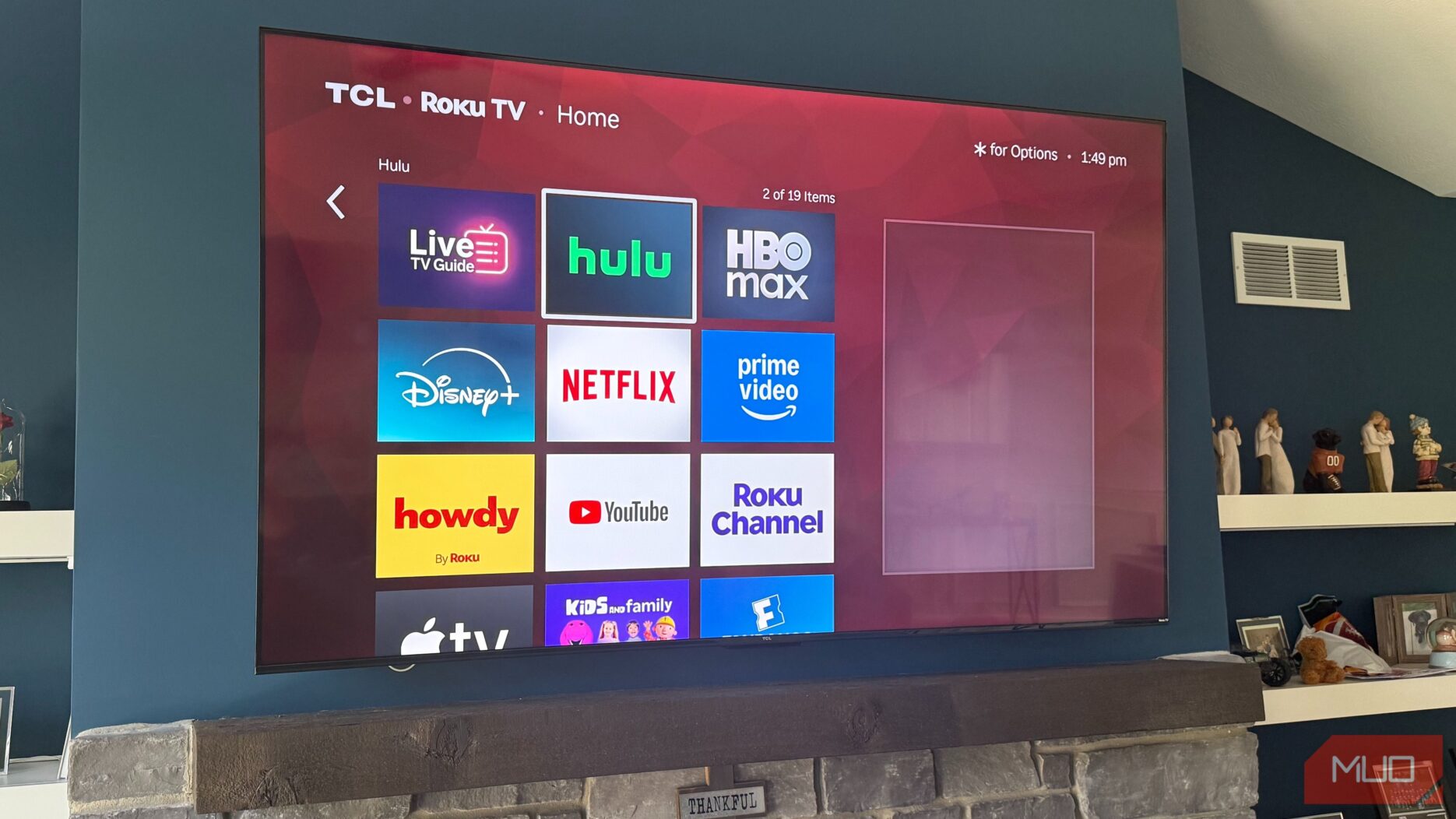Buy a TV with these specs and you won’t have to worry about upgrading it anytime soon

As someone who loves to get long years out of their devices — like the nearly decade-old PC I’m writing on — I want the same for my televisions. I don’t want to spend hundreds of dollars every couple of years on an upgrade. TVs aren’t smartphones. Here’s my solution: picking a television that has the most essential features and a wealth of options.
## Do You Stick with 1080p or Spring for 4K (or Even 8K)?
When I think of the ideal television, I usually envision a balance of performance and utility, and there are a few key specs that help nail that balance.
### Now Is a Good Time to Upgrade to 4K
The jump from 720p to 1080p is quite noticeable, and even the jump from 480p to 720p is clear. That effect is compounded by the size of the TV, with 1080p looking its best on 24-inch displays.
### Going to 8K Isn’t Worth It
Unless you plan on getting a television the size of a house, jumping to 8K just doesn’t seem all that promising. For starters, both 4K and 8K look fantastic, but on comparable screen sizes, the difference feels more like the jump from 1080p to 1440p. It’s slightly sharper, sure, but you have to practically squint to notice that change.
That’s why I firmly recommend going no further than 4K and calling it a day. At that resolution, content looks phenomenal already, so it just feels like you’re getting diminishing returns beyond that point.
## HDR Is a Must for Movies, Series, and More
HDR adds so much richness to colors.
Even subpar HDR is better than none — it brings vibrant, colorful richness that’s hard to match. And it isn’t just great for making movies look better; it’s also ideal for video games. Modern consoles like the PS5 and Xbox Series X|S support HDR, enhancing your gaming experience dramatically.
In addition to HDR, having a television that supports other HDR formats like Dolby Vision is an excellent way to extend the life of your television. This is especially true if you choose a model with superb contrast.
You may also consider waiting for the full rollout of Dolby Vision 2, which began at IFA 2025, to future-proof your purchase further.
## There Are Other Ways to Get Smart Features
I really like the all-in-one aspect of a smart TV, but since the hardware can’t be upgraded, you’re essentially putting an expiration date on an otherwise useful feature.
Eventually, your smart TV stops receiving updates and becomes unusable. If you buy a TV intending to use its smart home features, you may feel pressured to upgrade sooner than you’d like.
I suggest skipping the built-in smart features and going with an external streaming device instead, or even connecting your smartphone with a cable. This also works with laptops, tablets, and gaming consoles.
There are plenty of ways to stream Netflix, HBO Max, Disney+, and more without needing to spend extra on hardware that will eventually become obsolete.
## You Want the Best Out of Your Games and Media
Personally, I didn’t care whether my games ran at 30 FPS, 60 FPS, or 120 FPS — until I got a PS5 and wanted to take advantage of 120 Hz. Unfortunately, my television is limited to HDMI 2.0.
Had I bought my PS5 before a new TV, I would’ve paid much more attention to the ports it had.
### What to Look for in Ports
– **HDMI 2.1:** Supports higher refresh rates and better bandwidth, ideal for gaming at 4K120 or 8K.
– **HDMI-ARC (Audio Return Channel):** Greatly opens up your audio options and provides audio quality far better than built-in speakers.
An HDMI-ARC port can simplify your setup and is perfect if you plan to buy a soundbar — which I highly recommend.
You should also consider a TV that supports multiple audio formats such as Dolby Atmos and DTS. Many streaming services now support Dolby Atmos, offering a truly immersive audio experience.
## Don’t Overlook Installation Options
A television looks rather nice hung on the wall.
Whenever I shop for a television, I make it a point to get one that can be installed on the wall with a VESA mount.
I haven’t screwed mine into a wall yet, but because my TV had VESA mounting screws, I could hang it on a specialized TV stand designed just for that.
Having options is always a plus! I even changed the kind of TV stand I wanted simply because my TV could be bolted to the wall, though I lacked a wall to do it. If I ever want to replace my television, I can still reinstall the legs and place it atop a table.
## Don’t Forget to Take Good Care of It
It should go without saying, but taking care of your TV will pay off and help it last much longer — especially if you opted for one or more of the features mentioned above.
Resolution is razor-sharp on televisions nowadays, and I’d be genuinely happy with 4K for the rest of my life.
More importantly, if you want your television to last beyond its expected lifespan, keep the screen clean and dust-free. I also make a point to place my television in a location that’s not in direct sunlight or pushed up against the wall. This helps keep the TV cool and in optimal condition.
—
In summary, choose a TV that balances essential features like 4K resolution, HDR support, modern HDMI ports, good audio options, and flexible installation. Skip the smart features built into the TV and use external devices instead to keep your setup future-proof. And above all, take good care of your TV to enjoy it for years to come.
https://www.makeuseof.com/best-tv-specs-for-long-term-use/









